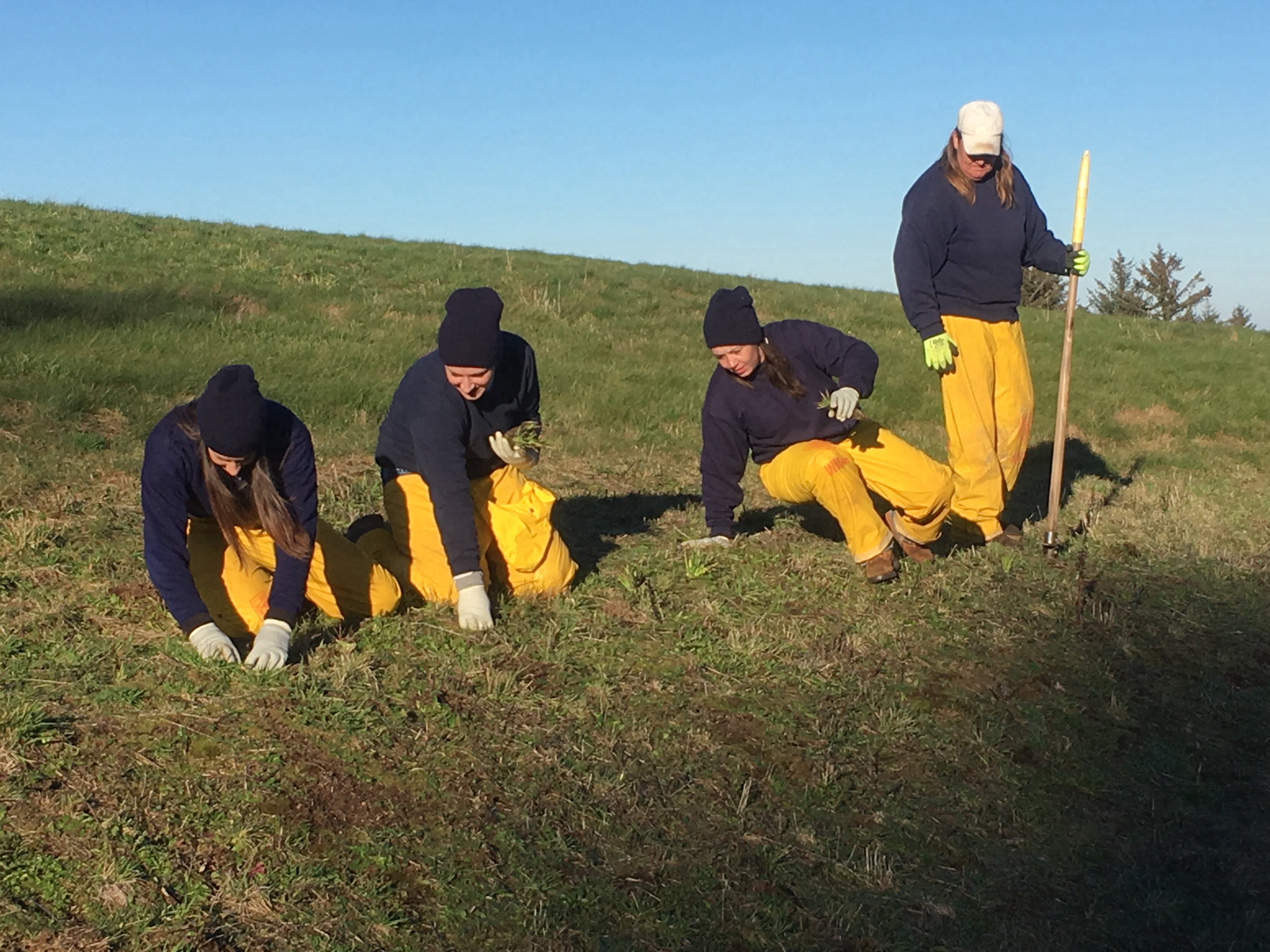
The Cavalry from Coffee Creek Help with Habitat
IAE has been helping restore the Cannery Hill Unit of Nestucca Bay National Wildlife Refuge since 2011, converting non-native grasses of this former dairy pasture into a healthy coastal meadow to support reintroduction of the federally threatened Oregon silverspot butterfly (Speyeria zerene ippolyta). The species favors salt-spray meadows, but has declined to the point that it is only found at five sites in Oregon and one in California. Most historic salt spray meadows have either been developed or converted into pasture. The butterflies can't disperse very well by themselves (the greatest recorded distance is about 4 miles), so they are unlikely to find and colonize new habitat on their own. In July of 2017, around 2000 butterflies raised at the Oregon Zoo were released at Nestucca Bay National Wildlife Refuge, thus increasing the number of known populations in the state from five to six.
Creating habitat for the butterflies poses some considerable challenges. One of the biggest obstacles is that the larvae are extremely picky eaters, only consuming a certain size and shape of leaf from the early blue violet (Viola adunca). This means that in order for a grassland to support a population, it must contain enough violets in close proximity to each other so that a caterpillar can move between them when it has run out of suitable leaves. The adults are less picky, but require nectar from other native plants during late summer-early fall. At Nestucca Bay, this has required intensive enhancement of the meadows with violets and a variety of other native plants – which means we need a lot of plant materials and labor to get them in the ground.
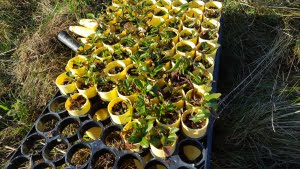
Luckily, the Viola Crew at Coffee Creek Women's Correctional Facility are ready to meet these needs. Through this program, inmates raise violets for both the Oregon Zoo’s captive rearing program and for butterfly reintroduction projects. This year the crew grew 15,000 violets and 15,000 pollinator species, including west coast goldenrod (Solidago elongate), pearly everlasting (Anaphalis margaritacea), and Pacific aster (Symphyotrichum chilense), which will serve as a food source for the adult butterflies. These natives are mostly hearty plants that spread well by themselves. Adult silverspot butterflies feed on many natives that bloom during their active period in late spring/early summer. This habitat enhancement supports the silverspot, and also increases plant diversity at the site, which stabilizes soil, improves water quality, and provides food sources and landscape connectivity for other beneficial pollinators.
In December 2017, after raising the violets, a crew of 8-10 women from Coffee Creek eagerly came out to the Refuge and helped plant them, accomplishing larger-scale habitat enhancement than would have been possible with only Fish and Wildlife Service
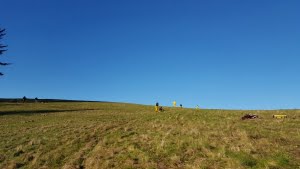
volunteers and IAE staff. Their assistance was crucial to getting the plants into the ground quickly and efficiently, reducing the mortality of seedlings. It also gives the crew an opportunity to work outside with an ocean view, and for those on Viola Crew it is a chance to see the success of the project from start to finish. Returning to see the meadow in full bloom becomes a goal for many crew members after their release. "We are always happy to help, but this is great for us, too! You really couldn't pick a prettier spot to work and we don't get to see wildlife like this very often," says one inmate.
There's no question that these women, locked indoors and surrounded by other inmates for most of the day, experience the mental health benefits of working outdoors. "This is the bright side of being in prison," another relates. "I never would have known about this or gotten involved otherwise. It's nice to being doing something important."
Many thanks for this work go to the planting crew from Coffee Creek, and the ongoing support for this project from Oregon Department of Corrections, U.S. Fish and Wildlife Service, and the Nestucca Bay National Wildlife Refuge.

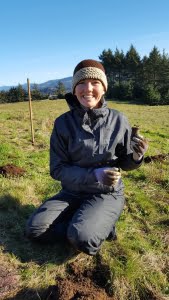

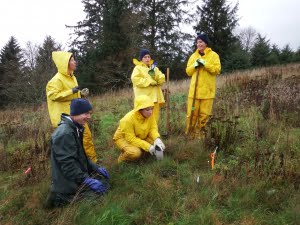
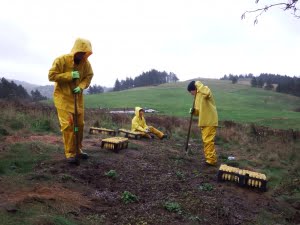

Restoration
Research
Education
Contact
Main Office:
4950 SW Hout Street
Corvallis, OR 97333-9598
541-753-3099
info@appliedeco.org
Southwest Office:
1202 Parkway Dr. Suite B
Santa Fe, NM 87507
(505) 490-4910
swprogram@appliedeco.org
© 2025 Institute for Applied Ecology | Privacy Policy
